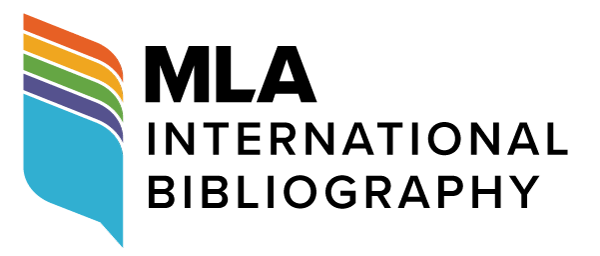Time Lapse as Space for Contact: The Character and the City in Virginia Woolf’s Mrs Dalloway and Colum McCann’s Let the Great World Spin
DOI:
https://doi.org/10.18485/bells.2017.9.10Keywords:
Virginia Woolf, Colum McCann, Mrs Dalloway, Let the Great World Spin, time lapse, interface, body, cityAbstract
The paper deals with the motif of time lapse in Virginia Woolf’s Mrs Dalloway (1925) and Colum McCann’s Let the Great World Spin (2009) – two novels belonging to different literary and cultural traditions, yet sharing one of their main themes: the relationship between the hero and the city. Accepting Elizabeth Grosz’s term interface as best describing the relation between bodies and cities, the paper emphasises that both novels are largely based upon the body-city interface and aims to prove that they both have specific instances of temporal interruption, which serves as a spatial body-city interrelation. The focus is on two most illustrative scenes: the aeroplane scene in Mrs Dalloway and the tightropewalking scene in Let the Great World Spin.
Downloads
References
Downloads
Published
Issue
Section
License

This work is licensed under a Creative Commons Attribution-ShareAlike 4.0 International License.
Authors who publish with this journal agree to the following terms:
- Authors are confirming that they are the authors of the submitting article, which will be published (print and online) in Belgrade English Language and Literature Studies by the Faculty of Philology, University of Belgrade (Faculty of Philology, Studentski trg 3, 11000 Belgrade, Serbia). Author’s name will be evident in the printed article in the journal. All decisions regarding layout and distribution of the work are in hands of the publisher.
- Authors guarantee that the work is their own original creation and does not infringe any statutory or common-law copyright or any proprietary right of any third party. In case of claims by third parties, authors commit their self to defend the interests of the publisher, and shall cover any potential costs.
- Authors retain copyright and grant the journal right of first publication with the work simultaneously licensed under a Creative Commons Attribution-ShareAlike 4.0 International License that allows others to share the work with an acknowledgement of the work's authorship and initial publication in this journal.
- Authors are able to enter into separate, additional contractual arrangements for the non-exclusive distribution of the journal's published version of the work (e.g., post it to an institutional repository or publish it in a book), with an acknowledgement of its initial publication in this journal.
- Authors are permitted and encouraged to post their work online (e.g., in institutional repositories or on their website) prior to and during the submission process, as it can lead to productive exchanges, as well as earlier and greater citation of published work.




